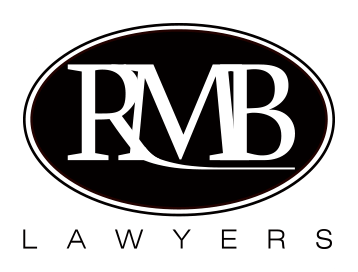Most people will be required to produce an affidavit or statutory declaration at some stage in their lives, so it is important to know about recent changes to the law regarding these documents.
Prior to 30 April this year anyone could approach an authorised witness such as a Justice of the Peace or solicitor for an affidavit or statutory declaration, with no requirement to even know the person witnessing the document nor provide any identification of that person.
However, on 30 April 2012 the Oaths Regulation 2011 Act came into force with new rules to tighten up the process.
This legislation confirms that when someone is required to witness an Affidavit or Statutory Declaration the person witnessing that signature must confirm in that document:
1. That they saw the face of the person making the declaration or Affidavit. If they did not see the face of that person, the witness must be satisfied that they had a special justification for not removing the covering (including a legitimate medical reason).
2. The witness must also either have known the person for at least 12 months or sight some identification document to identify that person who is signing that document. The Act outlines various identification documents which are acceptable, including a certificate of citizenship, a birth certificate, passport, driver’s licence, student identification card or electoral enrolment card.
3: Certify on the Statutory Declaration that these identification requirements have been met, specifying the identification document relied on in cases where the authorised witness has not known the person for at least 12 months.
The legislation aims to prevent affidavits being sworn by persons who are not the same persons named on that document.
It is fair to say that prior to these changes Australian law on the requirements for executing these documents had been somewhat relaxed.
Now justices of the peace, legal practitioners and other authorised witnesses must ensure that they comply with the requirements, to avoid a complaint being made about the execution of such a document and possibly have it ruled to be not properly executed.
